Calcium Phosphate Based Bioceramics for Bone Tissue Engineering
Tissue engineering is a new biotechnology that combines various aspects of medicine, biology and engineering, in order to produce, repair or replace human tissue. It is therefore easy to grasp the potential of these new therapies in helping to improve the quality-of-life of patients suffering from rare diseases. Typically, bone tissue engineering approaches foresee the use of scaffolding material combined with tissue cells. An advanced scaffolding material for tissue engineering must exhibit high quality, reliability, sustainability and cost-effectiveness throughout the individual’s life and provide new advanced levels of medical assistance in therapy and surgery. One particular requirement of bone tissue engineering is that the scaffold should be porous because, in that form, large numbers of cells can be incorporated.This book, “Calcium phosphate based bioceramics for bone tissue engineering”, presents an up-to-date overview of the latest developments made in the field of calcium phosphate ceramics, with particular emphasis being placed on the results obtained by its authors. The book makes a tour of the fundamental concepts of crystallo-chemistry, basic properties and synthesis techniques; including cation- and anion-substituted compounds. The technological aspects and properties of various related materials, such as ceramic granules, dense and porous ceramics, composites and bone cements, are also described. Finally, the results of key biological studies are presented.
{{comment.content}}
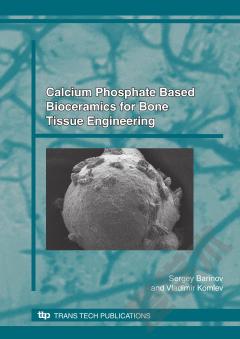
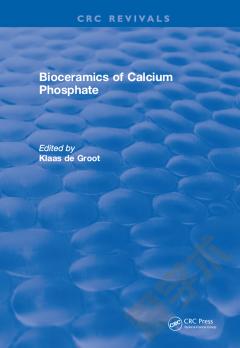
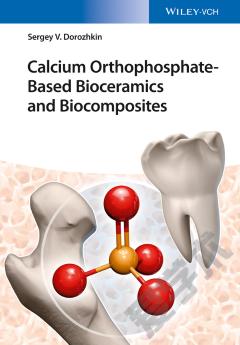

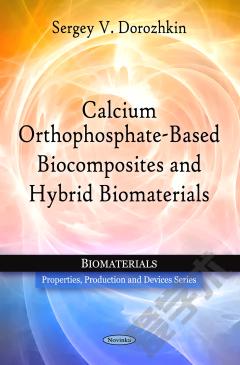
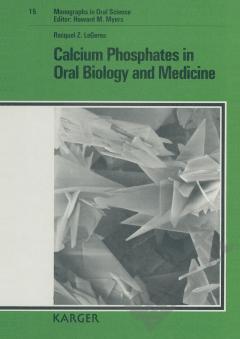
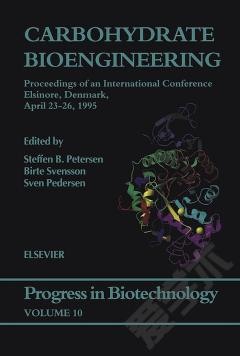

 京公网安备 11010802027623号
京公网安备 11010802027623号